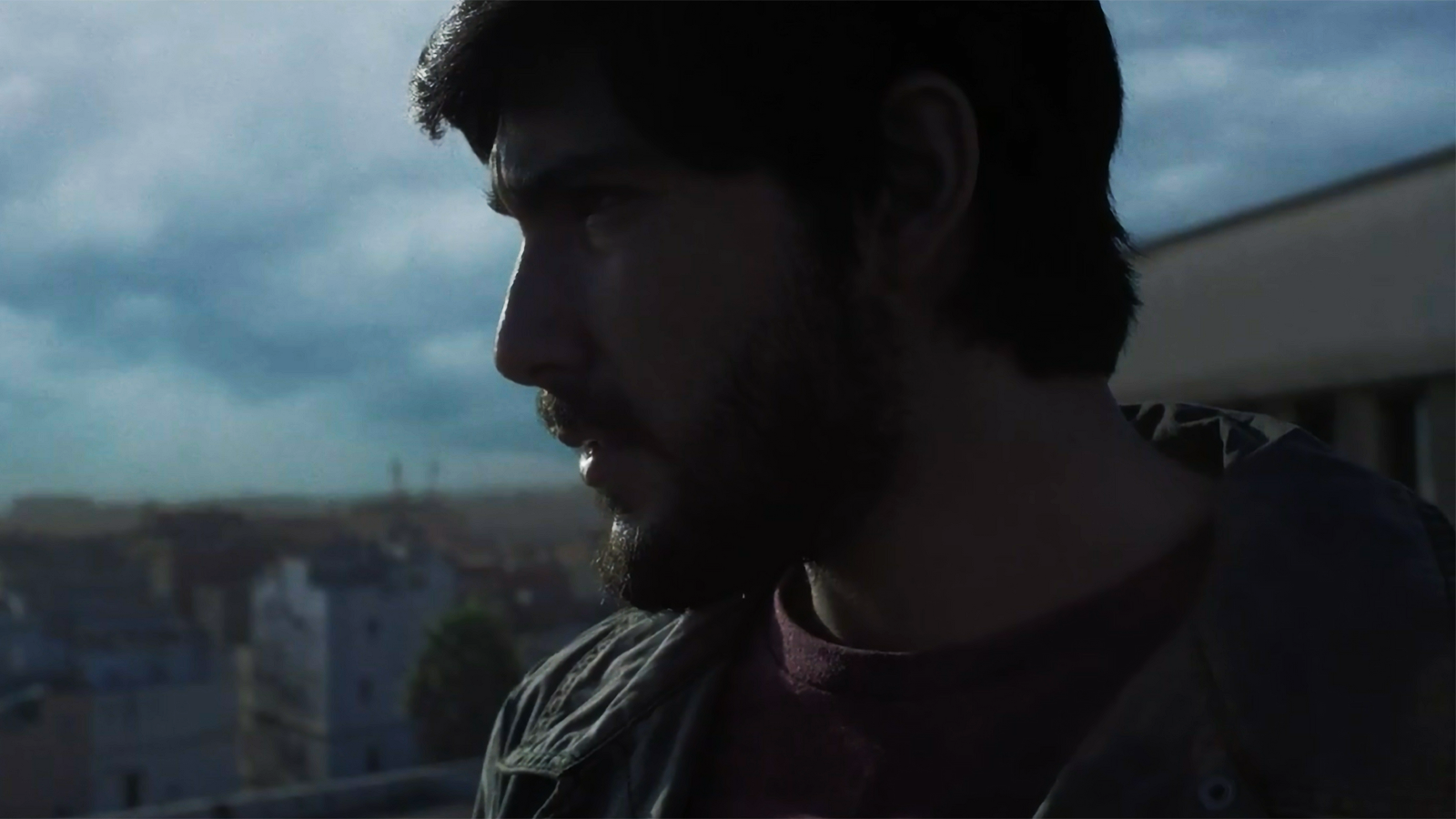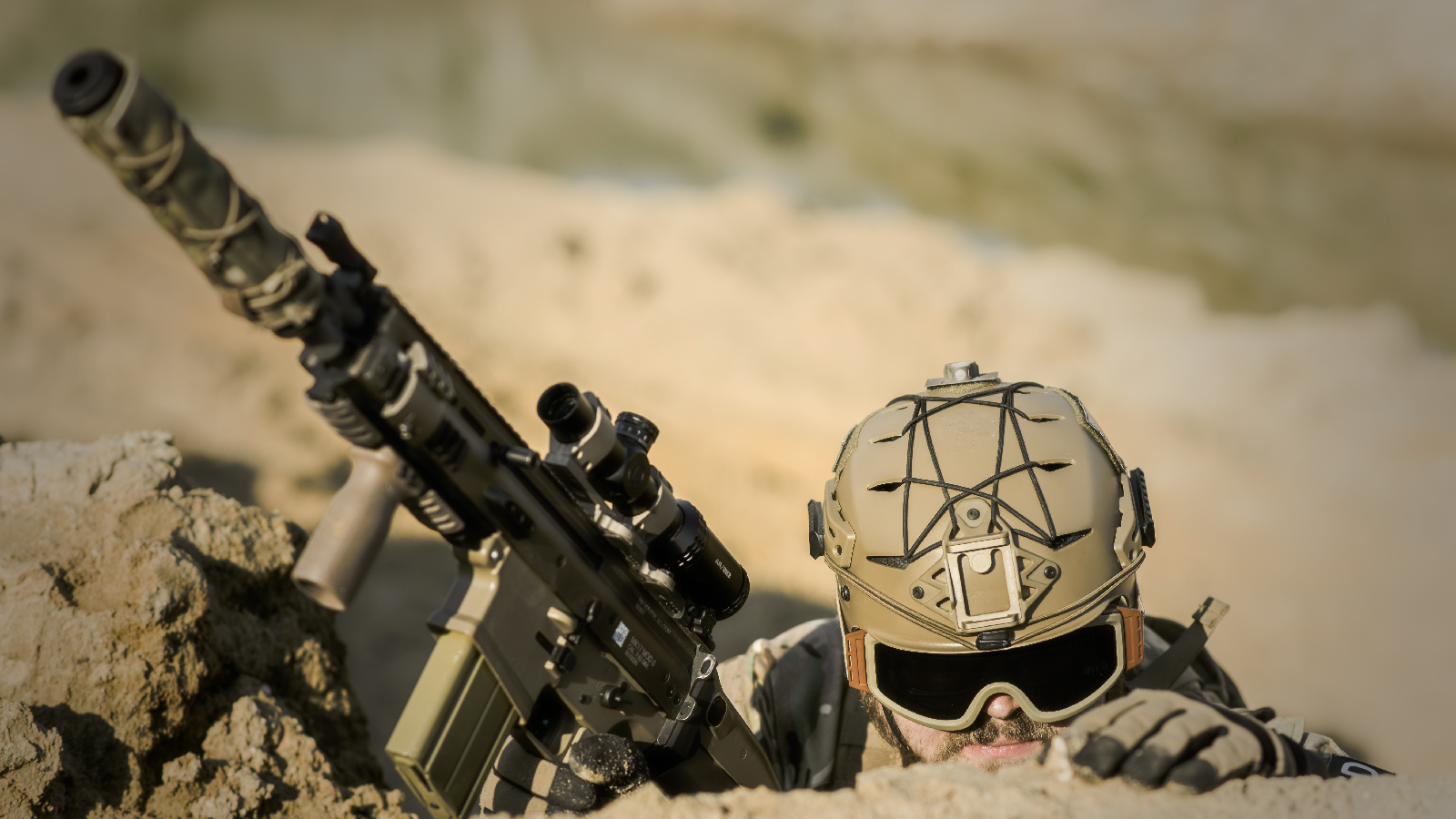(MGM)
There’s a brief moment in the most recent, and fantastic, James Bond film in which the heroes stare at a high-def monitor showing the hypothetical spread of a disease -- a red, digital, oily spill across a world map signifying the infection of millions and then billions.
Certainly, the filmmakers didn’t intend to recall the red map of novel coronavirus infections and deaths maintained by Johns Hopkins University and checked obsessively by worried real-life humans during the worst days of the COVID-19 pandemic.
The moment was a fleeting one, if startling, and the rest of the film focuses on a very specific use of a boutique bioweapon that uses nanotechnology targets people based on their DNA. As production for “No Time to Die” began in the halcyon days of 2018, the global pandemic was not yet on the scriptwriters’ radar.
Still, it likely raised the eyebrows of some US security professionals who noticed that the movie was actually tying two very real threats together: bioweapons and DNA insecurity.
US officials have long warned about the potential for terrifying new bioweapons. But the more novel problem, the theft and potential weaponization of genetic information, is just now starting to bubble to the surface.
So Bond finds himself in a familiar position: solidly between escapism and highlighting real-world worries from which movies are an escape.
For Bond, Art Imitates Life… and Death
In the 50-plus-year history of the James Bond franchise, the fictional spy’s world has weaved between self-contained adventures and those based on ripped-from-the-headlines incidents.
The 1963 film “From Russia With Love” takes place obviously in the context of the Cold War, but concerns itself with a smaller plot about a Russian encryption device. “Goldfinger” is perhaps the least world-relevant, as it’s just about a ridiculous (and entertaining) heist at Fort Knox. (Even it manages to discuss contemporary economic policy.)
Other films are clearly about the national security zeitgeist, highlighted by how far they go to wedge Bond into the topic of the day. “Moonraker” came out in 1979, a few years before President Ronald Reagan announced the ultimately failed Star Wars program. The dark “License to Kill” in 1989 followed Bond, incongruously for him, to South America to take on drug dealers at a time when real-life Pablo Escobar was listed by Forbes as the seventh-richest man in the world.
More recent films that are less obviously about the news of the day at least add set dressing to let the viewer know its current. Take Daniel Craig’s debut as Bond, “Casino Royale.” The film is based on the first of the James Bond novels and is, to its benefit, a tight set up: Bond must play a game of chance with a villain who’s already in debt to some very bad people.
In the novel, the money the villain took belongs to SMERSH, the fictional version of a real-life Soviet counterintelligence organization of the same name. The film came out just five years after 9/11 so, of course, the villain this time has stolen money belonging to terrorist organizations the world over.
Sticking with Craig’s Bond, the next film, “Quantum of Solace,” is generally dull but hits on an underreported but wildly important topic: the coming lack of water. In that film it’s revealed that the villain is buying up water deposits in South America and causing droughts to increase profits.
Concern over a future without enough water is decades old, but the 2008 film would only have been more topical if it had come out today. Just a few days ago US intelligence analysts published a report about the coming crises related to climate change, and right near the top of the list was water. The report said there was a “medium” chance of water-related conflict by 2030, “high” by 2040.
The “Skyfall” plot in 2012 was too personal to be ripped from any headlines, but the movie made pains to introduce the vague power of hacking, both for the villains and the heroes. “Spectre” in 2015 was all about the de-humanization of intelligence gathering in a world where the CIA conducts drone strikes from thousands of miles away. Or, as the new “M” put it when asked about the usefulness of remotely piloted aircraft and satellites:
“Yes, you have information. You can find out all about a man, track him down, keep an eye on him. But you have to look him in the eye. All the tech you have can't help you with that. A license to kill also means a license NOT to kill.”
Biological Warfare and Your DNA for Sale
Which brings us to “No Time to Die,” Craig’s final foray as the tuxedoed hero, and the first time he’s come up against a bioweapon that specifically targets people based on their DNA signature. (Though the villain here is not the first to threaten biological warfare; “On Her Majesty’s Secret Service” includes a plot to spread bacteriological infection around the world.)
As mentioned, here “No Time to Die” really combines two real-world worries: biowarfare and DNA insecurity. On the biowarfare front, the world has thankfully been spared the horrid eventually of an epidemic-scale biowarfare incident. (US intelligence agencies have said COVID-19 is not believed to have been developed as a bioweapon, though they’re divided its origin beyond that. [PDF])
Still, in 2019 the US intelligence community warned about the general “potential for adversaries to develop novel biological warfare agents.” That report wrote specifically about assassinations and attempted assassinations using chemical warfare agents, from the Novichok poisoning of a critic of the Russian regime to the VX poisoning of the half-brother of North Korea’s leader in an airport in Malaysia in an absurdly convoluted but effective plot.
Then, just days ago, the agency in charge of protecting the US against foreign spies issued its own warning about several emerging technologies, bioweapons very much among them. Advances in biotechnology, the National Counterintelligence and Security Center said [PDF], are beneficial but also “can be misused to create virulent pathogens that can target our food supply or even the human population.”
But for the fictional virus in “No Time to Die” to work, it needs information about the DNA of its targets. There’s a passing mention of data breaches at DNA analysis firms in the film — which is a very real thing that happened in 2020. In 2019, Yahoo News reported that the Pentagon had warned servicemembers against using at-home DNA kits, citing the potential security risk.
“Exposing sensitive genetic information to outside parties poses personal and operational risks to Service members,” the memo said. “These [direct-to-customer] genetic tests are largely unregulated and could expos personal and genetic information, and potentially create unintended security consequences and increased risk to the joint force and mission.”
The memo didn’t say exactly what those risks were, but the recent paper from the NSCS relates its own concerns about foreign powers getting a leg up on the “bioeconomy.”
“Large genetic databases that allow people’s ancestry to be revealed and crimes to be solved also can be misused for surveillance and societal repression,” it said, citing a 2020 paper by the National Academies of Sciences.
On the same day as the NSCS warning, a top counterintelligence official said China was collecting medical, health and genetic data around the world, according to The New York Times, and warned about Chinese companies making corporate inroads in the U.S. (The Times reported in 2019 how the Chinese government used genetic tests to track the Muslim minority Uygher population there.)
“They are developing the world’s largest bio database,” the counterintelligence official, Edward You, said in the Times report. “Once they have access to your genetic data, it’s not something you can change like a pin code.”
There is, of course, nothing to suggest there is a bioweapon out there that can kill people based on their DNA. This is still the realm of Hollywood.
But there are real concerns about bioweapons and DNA, and that should be plenty to worry if not Bond, then us normal folks.










